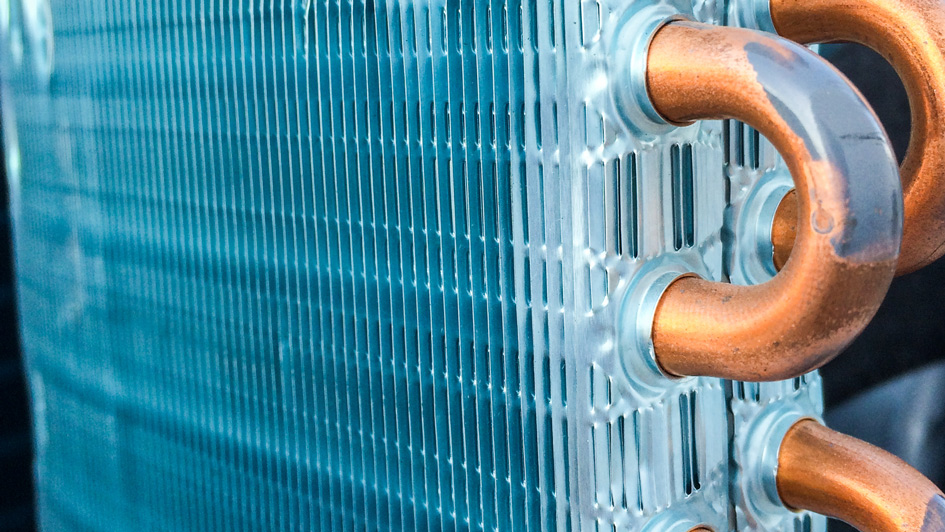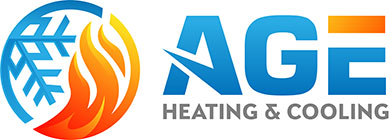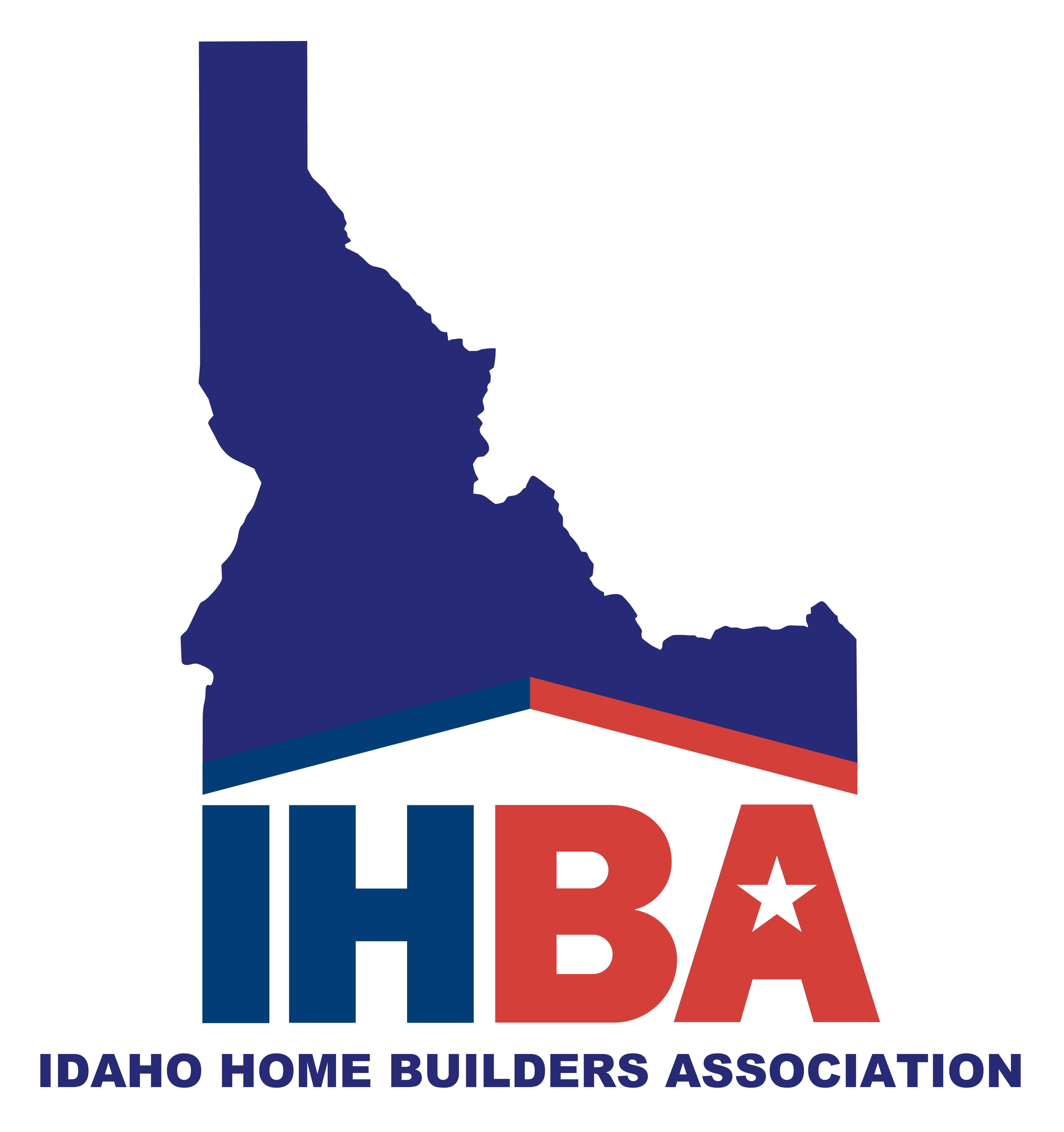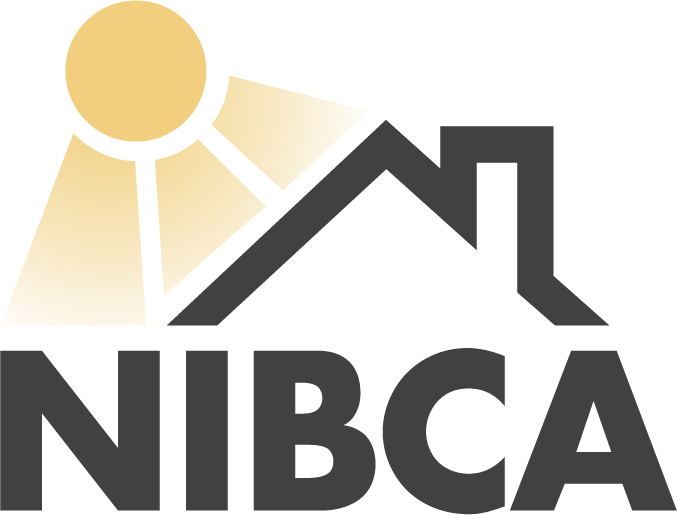
A furnace is almost always a background player for your home, ensuring you're warm in the cold winter months. It often doesn’t get noticed until something goes wrong.
One cause may be that your furnace has a cracked heat exchanger. It can be a safety risk, so it’s worthwhile to familiarize yourself with the signs of a cracked heat exchanger and what you should do if you believe that may be the problem.
What Is a Heat Exchanger in a Furnace?
A heat exchanger helps transition heat from the combustion chamber inside your furnace to the air that circulates through the system. It generally handles this via coils or tubes that warm the air while acting as a barrier to keep byproducts created in the combustion chamber, called flue gasses, from leaking out into your home.
Is a Cracked Heat Exchanger Dangerous?
Because of its central role, it shouldn't come as a surprise that a broken heat exchanger can be hazardous. A damaged heat exchanger can allow dangerous gasses – like carbon monoxide, which can be lethal – to flow across your home.
For obvious reasons, do NOT turn on your heater if you suspect you're dealing with a cracked heat exchanger, as doing so could make your entire household sick. Contact an HVAC professional right away if you are worried your heater has a cracked heat exchanger that needs repair.
Four Symptoms of a Cracked Heat Exchanger:
- Furnace shuts off: Cracks in the heat exchanger could cause your furnace to shut off.
- Unusual Smells: If the air escaping your furnace has a strong chemical smell, it may be an indicator that gas is leaking through cracks in your heat exchanger. These gasses, which can smell like formaldehyde, are a common warning sign.
- Carbon monoxide alarm goes off or you notice symptoms of poisoning: If a cracked heat exchanger is relieving carbon monoxide into your home, your carbon monoxide alarm could go off or household members may struggle with signs of carbon monoxide poisoning. Complications include headaches, dizziness, weakness, nausea, vomiting or feeling sleepy. If your alarm goes off or you feel unwell, exit the home as soon as you can and then call for help.
- Soot: If you find black sooty accumulating around the exterior of your furnace, it’s more evidence something might be seriously wrong.
What You Should Do if the Furnace Heat Exchanger is Cracked
If you suspect your furnace has a cracked heat exchanger, contact a pro experienced in furnace installation Sandpoint as soon as possible so they can examine your system and, if required, start a furnace heat exchanger replacement. Costs will fluctuate depending on the situation, but estimates often hover around $1,000 to $3,000.
However, the good news is that heat exchangers are often included in the warranty. You should check the warranty paperwork on your furnace, since while the warranty may not cover the entire cost of repairs, it can significantly shrink your bill.
How to Avoid a Cracked Heat Exchanger in Your Home
One of the easiest ways to minimize the risk of problems in your furnace overall is with regular furnace maintenance. Furnaces offer the most benefits when they work efficiently. Contacting a skilled professional to check your furnace for broken-down parts, clogged filters and other common problems can help you avoid getting a big bill later on.
It’s also a good idea to review your furnace filters every few months – it’s encouraged some filters be replaced every 90 days or sooner if they are dirty or grimy. While the filters aren't a part of the heat exchanger itself, the strain of pulling air through a clogged filter makes your entire furnace work harder to complete its job. And the harder your furnace needs to run, the more strain parts like the heat exchanger will sustain.







